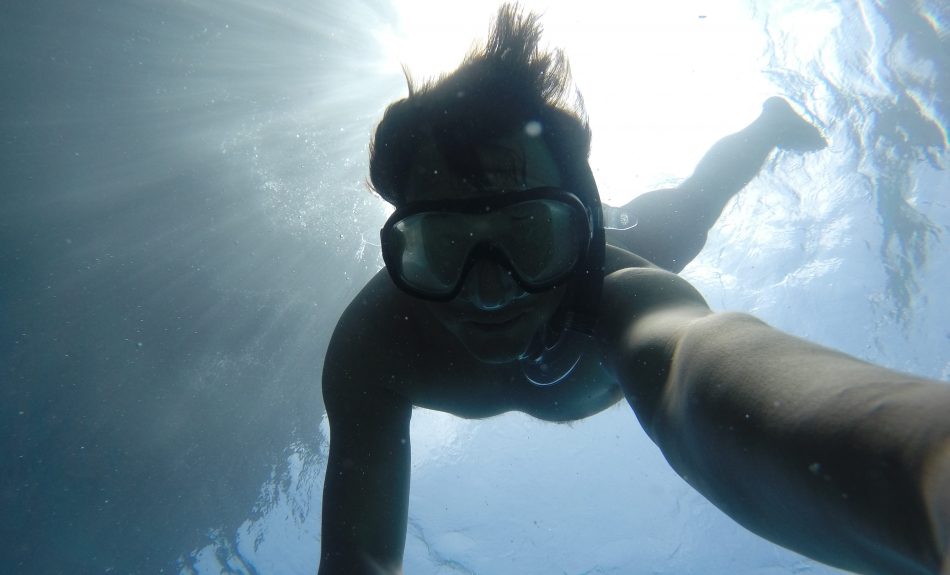“I want to get back into diving.”
We hear it a lot. Life happens and sometimes that can mean months or years away from the water. After a dry spell (pun very much intended), jumping back in to scuba diving can be intimidating.

In a recent post we discussed gear storage and some maintenance tips when you are pulling that gear out of storage and getting it ready to hit the water again, but what about you? How do you get yourself ready?
Below are 3 tips to start diving again after a break:
1) Assess your situation
How much diving have you done in the past? How long has it been since you last went diving? A relatively new diver that does their Open Water, Advanced Open Water and logs 10 dives on vacation and then takes 2 years off is probably going to be rustier than the avid diver that logged 100 dives a year for 5 years and takes a couple years off. That’s not to say that either should jump right back into the ocean without adequate preparation.
Some questions to ask yourself: Do I remember how to safely plan a dive? Assemble my equipment? Communicate with my buddy? Am I familiar with emergency procedures? Do I know the area I’ll be diving or is it new to me? Who will I be diving with and what is their experience like?
2) Get the training you need
Whether this means taking a quick refresher course and re-learning how to plan dives, assembly gear and run through essential skills to regain your confidence or brushing the dust of and furthering your education as with the Deluxe Refresher with IDC that tacks a full drysuit specialty course with additional class, pool and ocean training on drysuit use, professional training is a safe, responsible way to get back in the water.
3) Take it slow
Regardless of how much diving you used to do or even if you just completed a Refresher in the pool it is important to take it easy when jumping back in the water. You don’t want to take on a dive that would’ve pushed your skill and comfort when you were active. Find a buddy that is happy to have an undemanding dive or even a ‘check out’ dive. Locally, it makes sense to head out to Whytecliff Bay in good conditions to accomplish this. You can descend in shallow water to a sandy (silty) bottom and follow the contour if you want a bit more depth. This takes the pressure off as you get used to manipulating your equipment and establishing and adjusting your buoyancy. There’s life to be seen, but you don’t have to fret about crashing into delicate sponge reefs at 30 feet in the bay. It’s not terribly far from the city, unlike several other dive sites, so driving out for a mellow dive isn’t such a time commitment and should help take the pressure off of calling off a dive that is not going well.
Don’t forget that you didn’t learn to dive in a day. Be patient with yourself, give yourself and your gear time to get back up to speed. Be honest with your buddies, instructors, divemasters, etc.